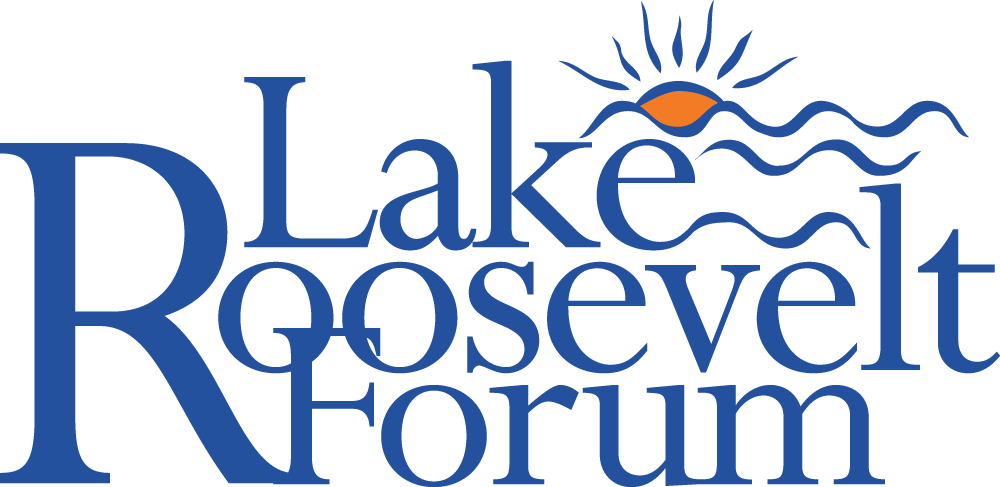Each year, anglers spend thousands of hours of time catching over 150,000 fish.

Rainbow trout, white sturgeon, walleye, kokanee, and smallmouth bass are the most targeted species. The fight to suppress northern pike, a voracious predator that devastates other fish populations, provides additional angling opportunities. Other fish available to catch are Burbot, Lake Whitefish, and Yellow Perch.
Co-managers include the Washington Department of Fish and Wildlife (WDFW), the Spokane Tribe of Indians, and Colville Confederated Tribes. Annually, they invest over $9 million dollars to develop and maintain the fishery. The Lake Roosevelt Fisheries Evaluation Program monitors the success and needs of the fishery.
Visit our Lake Guide to learn more about fishing regulations, boat launches and other information. Visit the fish consumption advisory to safely consume specific species.
Visit Salmon Reintroduction to learn about the multi-year, multi-million-dollar effort to restore this fishery, which was lost when Grand Coulee Dam was built and Lake Roosevelt created in 1942.
Visit the Forum’s Annual Fisheries Report and news stories for updates.

